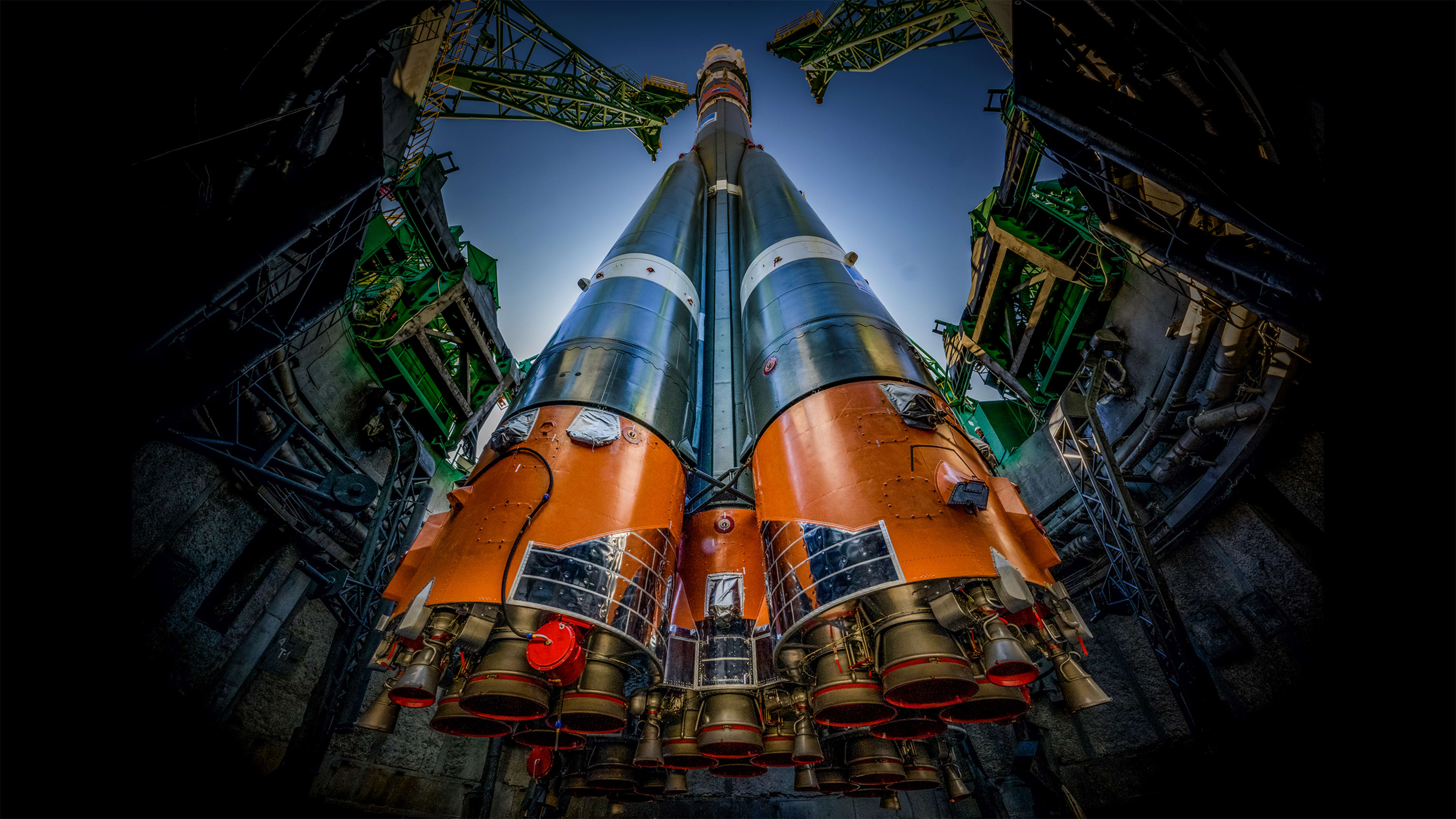Looking to get away from it all, but want to be absolutely certain you can get back? NASA might have just what you need.
The space agency is seeking applicants for its next simulated Mars surface mission, which is set to kick off in the Spring of 2025. Four volunteers will live and work within a 1,700-square-foot, 3D-printed facility that’s designed to anticipate the challenges astronauts will face on Mars—but it will all take place in Houston at the Johnson Space Center.
This is the second of three planned simulated ground missions called CHAPEA (Crew Health and Performance Exploration Analog). If interested, you’ve got until April 2 to apply.
Before you click that link and begin packing your bags, know that there are a few requirements for what NASA calls the “analog astronaut” role. You’ll have to be a U.S. citizen or permanent resident. You can’t smoke. You’ll need to be between 30 and 55 years old. And you’ll need to have a master’s degree in a STEM field such as engineering, mathematics, biology, or computer science from an accredited institution, as well as two years (minimum) of professional STEM experience. You can bypass that last requirement if you’ve got 1,000 or more hours logged piloting an aircraft or having completed two years of work toward a doctoral program in a STEM field.
“Applicants should have a strong desire for unique, rewarding adventures and interest in contributing to NASA’s work to prepare for the first human journey to Mars,” a statement seeking applicants read.
Here are a few of the questions on the rather extensive application:
- Are you willing to be in small or confined spaces for extended periods (up to one year)?
- Are you willing to go for extended periods of time (up to two weeks) with no or very limited contact with family and friends?
- Are you willing to consume processed, shelf-stable spaceflight foods for a year with no input into the menu?
There’s also an essay question, focusing (in part) about how applicants handled isolation during the pandemic.
While NASA is using the term volunteer, this is a compensated position. Exactly how much the job pays, though, was not disclosed.
If you’re selected for the crew, don’t expect it to be a cakewalk. The Mars Dune Alpha habitat will come with limited resources and is guaranteed to have equipment failures and communication delays and other “environmental stressors.” The crew will be required to take simulated spacewalks (in a sandbox), maintain the habitat, and oversee crop growth and exercise. (Couch potatoes have no place on simulated Mars.)
It would also help to have strong interpersonal skills. The four residents will share two showers and two toilets in the station.
The first CHAPEA crew is more than halfway through its one-year test mission. They first entered the structure on June 25, 2023.
Before NASA sends anyone to Mars, though, it must first successfully send astronauts back to the moon. If all goes according to plan, the Artemis 2 mission will send astronauts into lunar orbit in 2024. In either 2025 or 2026, the Artemis 3 mission will land on the lunar South Pole, with the assistance of SpaceX’s Starship, returning humans to the surface.
Assuming those flights go well, NASA hopes to send astronauts to Mars in the 2030s.
Recognize your brand’s excellence by applying to this year’s Brands That Matter Awards before the extended deadline, June 14.
Sign up for Brands That Matter notifications here.
